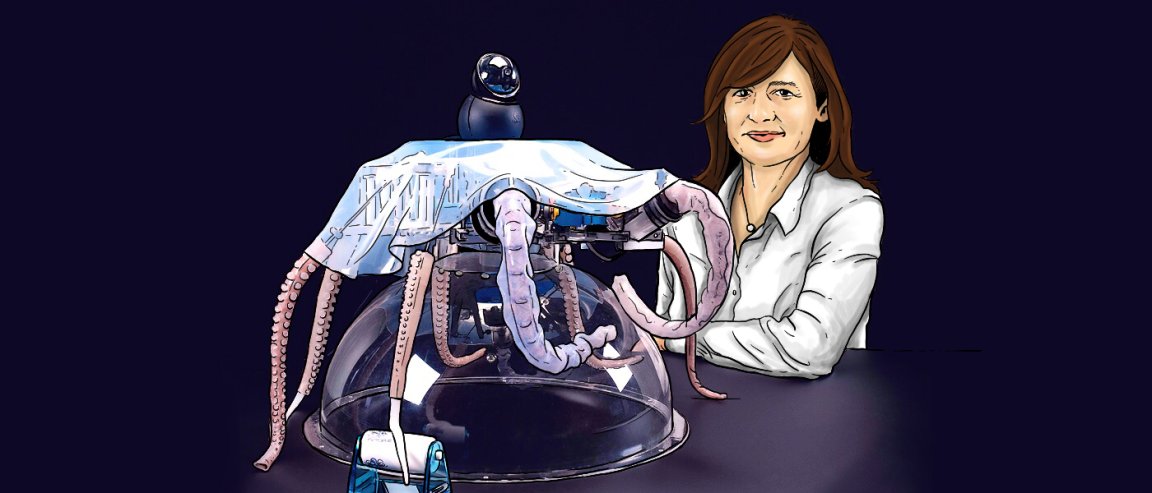
Scientists at the BioRobotics Institute at Scuola Superiore Sant’Anna in Pisa, Italy have developed a soft-bodied robotic octopus that swims, crawls, grasps, and basically does whatever a live octopus does — except (we hope) squirt ink in your face.
The creation of the octo-bot prototype means a success for soft robotics — a relatively new field in robotics that utilizes mostly pliable and elastic materials.

Conventional hard-bodied robots require meticulous programming and intensive computations to control their motions. In contrast, soft robots can transform their size and shape, molding to their surroundings without the need of previous programming. This allows them to work in more unpredictable settings.
It’s an impressive idea, indeed. But, why an octopus?
Cecilia Laschi, professor at the BioRobotics Institute and head of the soft robotics team, gave two reasons why she made the octopus a model for the project. First, they can demonstrate the many advantages that come when a machine can flex and squish as needed. Second, Laschi saw it as an excellent engineering challenge.
Writing in IEEE Spectrum, Laschi says: “An octopus with eight wiggly arms, which must work together in the face of complex hydrodynamic forces, is very difficult to design and control.”